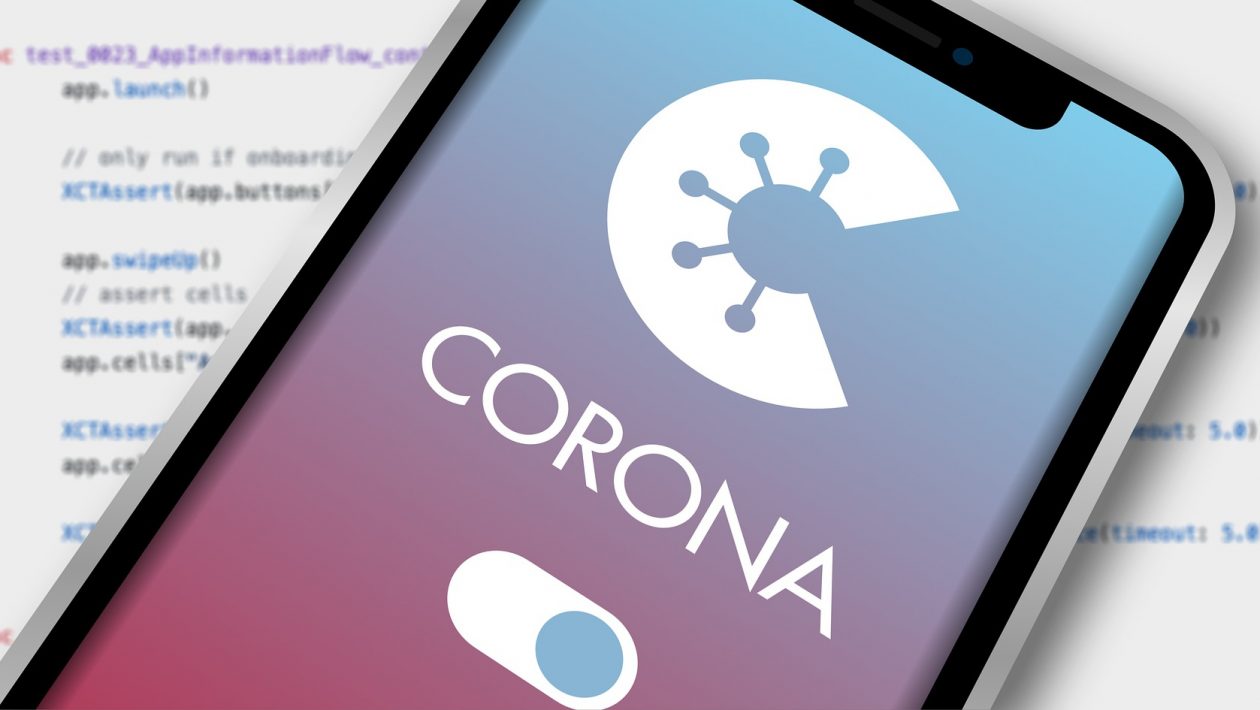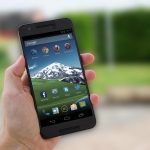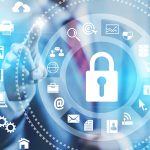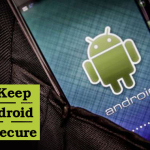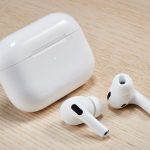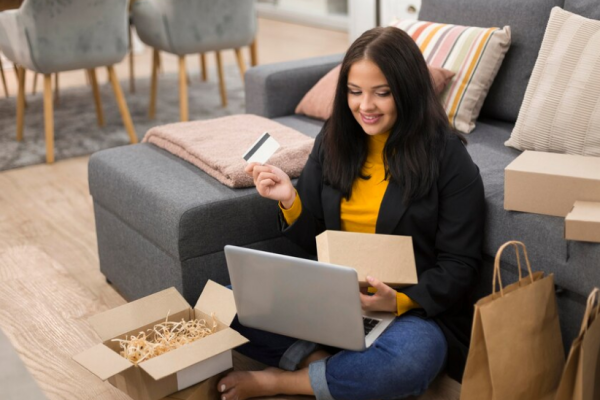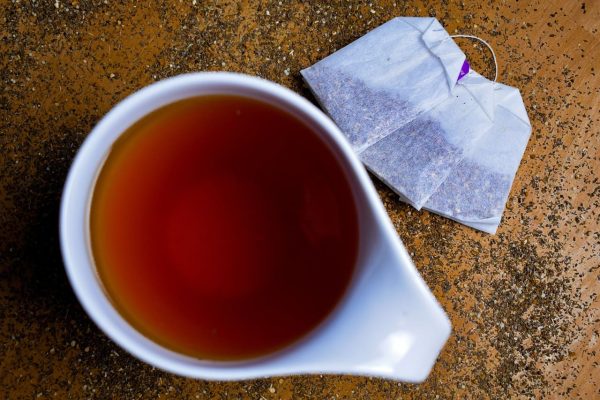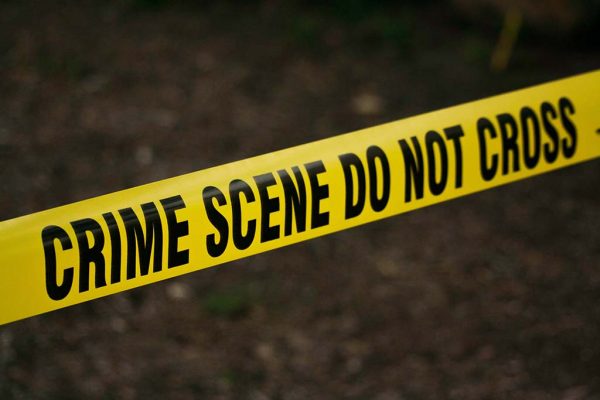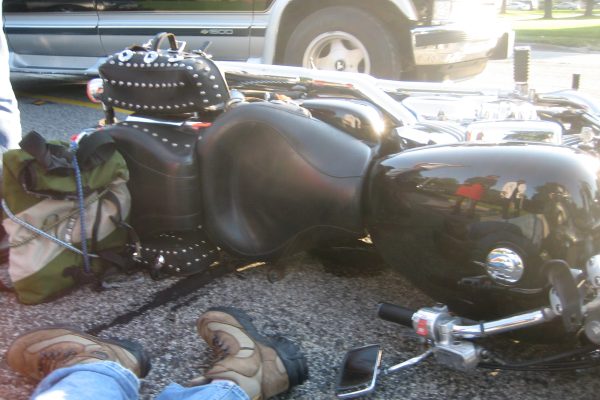Back in June, a new app called COVIDSafe was launched in Australia. It was to keep people aware of their exposure to the coronavirus. Before the launch, Scott Morrison, Prime Minister of the country convinced the public tactfully to download this app. He communicated with the people of Australia through a press release on April 26. Morrison stated the importance of the COVIDSafe app and that more and more people should be using this.
Morrison highlighted that using this app will help them in tracing the source of contamination easily. So, if that becomes possible, people can come out of their homes freely. Since, everyone is now longing to go out, enjoy, and work, it is the perfect trigger point that the Prime Minister has hit. As a result, more than 2 million people downloaded the app within 24 hours following the launch of COVIDSafe.
Table of Contents
Reason for an app development
The goal behind the making of this app is to track down affected people digitally. Yes, the COVIDSafe is capable to find out the people who have come in contact with coronavirus and must go into isolation immediately to stop the spread. Also, telling people to use the app is because the user will automatically get to know that he is a probable victim of the virus and can go into isolation voluntarily. However, to date, there is nothing but mere epidemiological models to support the assumption of what the app is capable of doing. The skeptical bunch of people is worrying about the high-tech distraction that may take place due to the usage of the app. Besides, several advocates are also of the opinion that the app is just as capable as the local health staff, and their ability to test infected patients.
According to Hannah Clapham, an epidemiologist working in the Singapore National University’s Saw Swee Hock School of Public Health, the COVIDSafe app is brilliant. She says that it is good to find such an app that completes all the work in much less time. However, she also highlights the fact that no app can replace manual efforts completely. So, in any case, the work of human tracers is more efficient that the app. Hannah adds that she is hopeful that the app will be a success. However, she is sure about the fact that it is surely not capable enough to save us all.
Launching of COVIDSafe
Australia is the first country to have launched an app like COVIDSafe that is capable of tracing virus contacts. Several other countries are also planning to launch similar tracking apps shortly, and some have already done it. Just like the health departments are measuring the capacity and efficiency of app designs, they will have to keep in mind the citizens who are privacy-conscious too. Moreover, analyzing an app design is not enough until the time people get to know about the probable success rate of the same.
Well, it is not an easy task to prove to the people of a country that the pandemic and infection can be efficiently controlled by digital means as well. However, there are several teams of engineers, epidemiologists, behavioral scientists, and more who can solve the problem. They are the ones who are relentlessly working to find ways to put the capability of such tracking apps to a proper test.
Different types of tracking apps are emerging
Digital contact following is engaging to some extent because the coronavirus’ spread is so covert. Moreover, contaminated individuals can transmit the infection for a considerable length of time before they create side effects. As a result, it can take a few additional days for general health workers to find out about a case and affirm it with testing. These groups at that point possess valuable little energy for customary contact following. So, meeting the infected individual, finding all the ongoing contacts they can review, and getting those individuals to self-isolate before they, as well, pass on the infection.
There are neighborhood health offices, out of which several do not have enough staff, are stressing to keep up. When you get the information, you have two or three days to pursue individuals down, says C. Jason Wang, a researcher of health policies at Stanford University. She is working with health offices on their COVID-19 reaction. However, if your phone could identify when two users are sufficiently close to share the infection, a valid app could caution one individual when the other becomes ill, regardless of whether those individuals are outsiders who coincidentally sat in contiguous metro seats. Wang adds that the innovation reaction is fundamental, and it should be quick as well.
Level of smartphone tracking
There are various propositions and a lot of discussion about what data an app should assemble and how much of it should be communicated with healthcare workers. The Chinese government has taken smartphone tracking to an extraordinary level. They are observing residents’ areas and even spending money to check their hazards and confine their movement. GPS information from smartphones can find out possible problem areas and detect who has been contaminated.
Government programs in South Korea, India, Iceland, and U.S. states including North Dakota and Utah are utilizing telephone location information to trace COVID-19’s spread. However, GPS innovation isn’t sufficiently exact to check short distances between two telephones to figure out which experiences are generally unsafe. Moreover, broad, mechanized GPS following raises security worries that could prompt legal difficulties in certain countries.
Several countries are trying to develop tracking apps that can trace down contacts by the utilization of low-power Bluetooth radio waves. So, every phone will generate a random ID that will be visible to other nearby phones. These will further record all the Bluetooth “handshakes.” Therefore, if any user starts to experience COVID symptoms, all the other phone users who have recently come in contact with the infected person will get a warning notification immediately.
Is the risk recognizable?
A basic test includes finding out whether the sensors in the phone are capable enough to sort out interaction types that have the probability of spreading the virus. The app must be efficient enough to be able to assume the distance between two individuals based on the power of the Bluetooth beacon from one phone until it reaches the other. The project researchers and scientists are now working to find out how obstacles, such as walls may weaken the signals.
A computer scientist at Dublin’s Trinity College, Douglas Leith says that it is going to become an extremely messy project. His comment was based on the latest data collection that was by using a version of TraceTogether. It is the country’s Bluetooth app to trace and track infected people around to control the virus spread. Leith and his fellow computer engineer Stephen Farrell have now come to a small conclusion.
According to them, if you and your friend are sitting on a table and want to use the Bluetooth, there is a catch. Well, once you both take out your mobile phones from the pockets, it works better. So, it is evident that Bluetooth only works better within a particular area. The potential reason for this factor may because the Bluetooth signal hits metal surfaces, and weakens soon. So, Leith says that his major concern was that launching a Bluetooth app may not be efficient enough to detect people. However, a user may get buzzed with unwanted notifications.
Defective Bluetooth readouts
Despite everything, defective Bluetooth readouts can even now be valuable if they’re deciphered conservatively, says Marcel Salathé, a disease transmission expert at the Swiss Federal Institute of Technology Lausanne. He is exhorting the Swiss government on an application propelling in a pilot stage this month that means to recognize when somebody comes quite close to an infected individual for at least 15 minutes. He figures his group can tune the framework so that if someone gets an exposure notice, they will be 100% sure that there is a contact.”
Effective enough for the public
n application can just catch associations between individuals who are using it. So, the public purchase is critical for the progress of the tracking apps. Singapore, which excelled in digital contact tracing with its development of TraceTogether on March 20, presently reports more than 1.4 million users— which is about one-fourth of the nation. However, it is nothing even close to universal acceptance in the country. More so in a country that highly relies on and trusts the government. Several researchers are now doubting whether other countries will accept such apps when a country like Singapore is still far from tasting total success.
What about the uptake rate of the app?
The recent modifications are made by Christopher Fraser, an infectious disease epidemiologist at Oxford University. He further predicts that using an app to trace the source of the virus may reduce contamination considerably. It will also help in deriving a proper figure for the rate of contamination. According to Fraser and his fellow researchers, even if 80% of smartphone users start tracking down the source of infection, figures will reduce to quite an extent. However, no app will be useful enough if proper protocols are not followed, such as social distancing. Besides, people over the age of 70 are exceptions because of their vulnerability to the virus.
According to Salathé, it is nothing but the false rumor that a tracking app will work only if at least 60% of the population uses the same. The fact is that the virus can come under control even if the uptake rate is very low. For example, the effect is quite considerable even if the user numbers reach a double-digit. However, to slow down the spread of infection, everyone must follow all the norms, and stay at home as per requirement. Every app will have a section that will help people who are under self-quarantine. By that, we mean that the individual will get help to get necessary deliveries such as groceries, medicines, and more.
Detection of people who are infected recently
To understand whether an app can successfully detect transmission of the virus, the health workers will have to find out how many people out of the ones detected by the app end up testing positive. It is known as the secondary rate of attack. According to the information about contact tracing in South Korea and the Shenzhen region of China, around 15% of people around an infected person have contamination chances. Later, the number may increase a bit more. According to Jessica Metcalf, a Princeton University demographer says that usually, people outside the family have chances of transmission. Although the app can track down a part of the community transmission, the traditional source may still be out of reach.
Based on the app design, it may be difficult to detect the exact people who have come in contact with an infected person recently. There are a few tracking apps, for example, the COVIDSafe of Australia, and the National Health Services App of the UK. Such apps have a system of tracking. A person when infected uploads his ID along with those of who has come in contact with him recently. The report further goes to a central server. Although all the IDs are anonymous, health officers can somehow track the network of transmission. Experts of the centralized apps believe that their design makes tracking easier. The people in the research department are also checking whether people receiving alerts are later reporting symptoms through the app. The officers may also track down Bluetooth handshakes that do not lead to alerts.
Does the curve break?
A few analysts are thinking about how to get applications through randomized preliminaries. It is to see whether they are legitimately liable for breaking down the curve. Analysts could likewise attempt a review approach. It will include contrasting contamination rates among individuals who have just agreed to use the app. The other party will include people who are against downloading an app. However, individuals with a higher danger of disease may want to utilize the app more than others. One chance is to think about changes in contamination rates between geographic zones with various degrees of application use.

